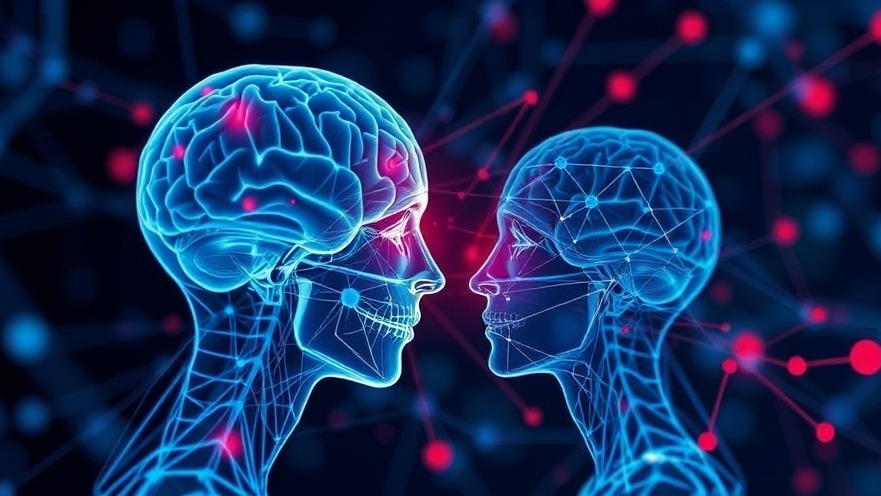
Unlocking the Secrets of Human Connection: Dual-Brain Neuroimaging Study
A groundbreaking study out of the University of Trento has utilized advanced AI technology in conjunction with simultaneous dual-brain neuroimaging to deepen our understanding of human interaction for the first time. By examining how two people’s brains synchronize when interacting, researchers have begun to uncover the complex interplay between language, emotion, and neural responses.
The Study's Innovative Approach
The research, titled "Emotional content and semantic structure of dialogues are associated with Interpersonal Neural Synchrony in the Prefrontal Cortex," appears in the journal NeuroImage. This study involved 42 pairs of participants aged 18 to 35, engaging in real-life conversations designed to feel less restrained than traditional laboratory interactions.
"We combined artificial intelligence techniques with the most advanced brain imaging technology to study how emotions and the structure of language influence brain activity in interactions," explained study co-author Gianluca Esposito. They found that during interactions, the participants' neural activity was synchronized, particularly in the prefrontal cortex—a vital region for decision-making and social behavior.
Bridge Between Science and Daily Life
The study's methodology emphasizes moving research from controlled environments into everyday settings, which could have invaluable implications for healthcare professionals, therapists, and educators. By utilizing a lightweight fNIRS imaging device, researchers can analyze brain activity patterns related to interpersonal interactions far more readily than previous imaging techniques permitted.
The Implications of Neural Synchrony
This synchronized brain activity suggests that emotions and language are intricately linked, influencing not only how we interact but also how our brains respond to those interactions. The findings indicate that understanding someone else’s emotions can significantly shape our conversational dynamics and the resulting neurological patterns.
As the authors note, this new understanding opens doors to researching social interactions across various contexts—from parent-child engagement to friendships and workplace collaborations. Encouragingly, the study suggests that fostering emotional awareness in interactions could lead to richer, more connected conversations.
Future Directions in Neuroimaging Research
While this study primarily addresses communications in a controlled lab setting, the findings can have broader applications in social neuroscience and psychological therapy. Future research may explore clinical applications, especially in understanding and treating conditions like autism or anxiety disorders, where social interactions present significant challenges.
What Healthcare Practitioners Should Take Away
For concierge health practitioners eager to stay ahead of emerging medical technologies, this study underscores the importance of recognizing the emotional dimensions of social interactions in therapeutic settings. As healthcare continues to embrace solutions that counteract social division, understanding the neural mechanisms behind interpersonal synchrony can provide valuable insights for treatment strategies.
This interdisciplinary approach — integrating psychology, neuroscience, and AI — emphasizes an evolving landscape in healthcare research, and its findings can inspire practices that engage patients more effectively.
Call to Action: Engage and Collaborate
As emerging research continues to uncover the neural foundations of our social interactions, it is crucial for health practitioners to integrate these findings into their practice. Consider how you might apply new insights about emotional and communicative connections with patients to enhance their care experience.
Explore more about integrating advanced neuroimaging techniques into everyday practice! Stay informed about ongoing research and consider how you might leverage these insights to improve patient outcomes in your practice today.
 Add Row
Add Row  Add
Add 






Write A Comment